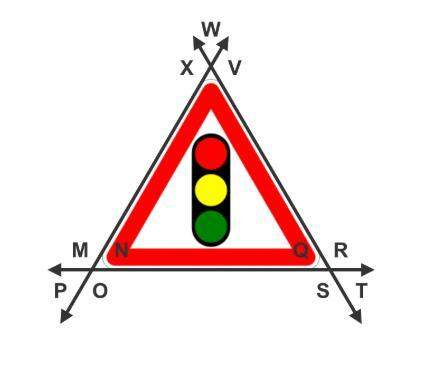
Mathematics, 17.04.2021 23:50 annafran89
Part of a usability study to assess voting machines measured the time on task (TOT) of voters casting ballots (efficiency). Specifically, the data are for the same ballot cast on two different voting machines at the same location (called a precinct). Your job is to perform a "t" test on these data and draw conclusions about which voting machine is better in terms of usability.
A few background items:
The voters (participants/users) are a homogeneous group.
Voters were randomly assigned to the voting machines.
Thus, the two groups of voters (one group using the DRE voting machine, and the other using the OptiScan voting machine) have equal variances.
We have no advance information to indicate that one voting machine will be better than the other.
You do not need to do any hand calculations. Use the following site as it has a very easy to use "t" test calculator:
DREOptiScan
532
513
573
500
880
757
956
461
430
512
998
651
349
754
610
623
615
1185
528
497
718
648
589
421
490
591
758
776
498
498
623
621
594
594
602
458
567
865
546
714
729
785
581
804
661
710
668
660
251
810
572
499
405
391
354
650
350
358
463
321
409
391
457
394
323
181
285
449
330
261
292
366
359
398
806
380
954
344
375
356
399
383
464
618
524
304
342
576
277
390
818
387
645
Question1 – What is the null hypothesis in this usability study?
Question 2 – How many degrees of freedom are in each group (the DRE and OptiScan groups)?
Question 3 – Which "t" test should be used – paired, unpaired/equal variance, unpaired/unequal variance?
Question 4 – Should a one-tail, or two-tailed test be used, and why?
Question 5 – What is the t value?
Question 6 – Is the t value significant at the 0.05 level, and why?
Question 7 – Is the t value significant at the 0.01 level, and why?
Question 8 – Considering the combination of the above analysis, and the number of ballots completed which voting machine has better usability, and why?

Answers: 1


Another question on Mathematics

Mathematics, 21.06.2019 23:10
Statements reasons 1. ab ? cd; ad ? bc 1. given 2. ac ? ac 2. reflexive property 3. ? adc ? ? cba 3. ? 4. ? dac ? ? bca; ? acd ? ? cab 4. cpctc 5. ? dac and ? bca are alt. int. ? s; ? acd and ? cab are alt. int. ? s 5. definition of alternate interior angles 6. ab ? cd; ad ? bc 6. converse of the alternate interior angles theorem 7. abcd is a parallelogram 7. definition of parallelogram what is the missing reason in step 3?
Answers: 2

Mathematics, 21.06.2019 23:40
For a function f(x), a) if f(7) = 22 then f^-1(22) = b) f^-1(f(c)) =
Answers: 2

Mathematics, 22.06.2019 01:50
Grandpa ernie is shrinking! over the past 4 years his height decreased by a total of 2.4 cm.it decreased by the same amount each year. what was the change in grandpa ernie's height each year
Answers: 2

Mathematics, 22.06.2019 04:00
You make a necklace using blue, purple, and green beads in a ration of 1: 1: 2. you use the total of 168 beads. how many green beads in the necklace?
Answers: 1
You know the right answer?
Part of a usability study to assess voting machines measured the time on task (TOT) of voters castin...
Questions

Mathematics, 28.06.2019 11:30


Social Studies, 28.06.2019 11:30

History, 28.06.2019 11:30



Mathematics, 28.06.2019 11:30

History, 28.06.2019 11:30




English, 28.06.2019 11:30





History, 28.06.2019 11:30

Mathematics, 28.06.2019 11:30

Social Studies, 28.06.2019 11:30




